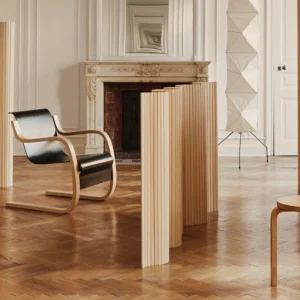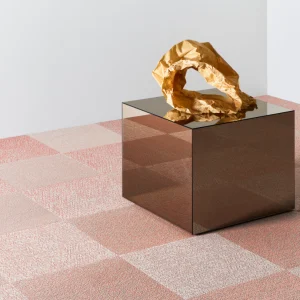Coyote Ridge prison is also considered to be the greenest prison in the US and the first prison in the world, where the entire campus has been LEED-certified instead of a single building.
The Connell prison has incorporated a host of green-building techniques and energy-saving measures since its expansion in 2008. The prison has used 45% locally-made building materials with about 46% of the building materials of the prison coming from recycled sources. Out of 27,500 tons of material removed from the site during construction, only 160 tons ended up in a landfill with the facility recycling the rest.
The prison incorporates low-flow fixtures such as 1.5-gallons-per-minute showers and 1.1-gallons-per-flush toilets, which along with other measures have led to reduction in water usage by 32%. A recycling program has been initiated in the prison that cuts the facility’s amount of garbage by half. The prison’s laundry system also reuses heat and water. The prison also incorporates drought-resistant landscaping and measures such as using gravel instead of grass. Occupied spaces in the prison are illuminated by natural light.
Additional energy-efficient elements include heat reclamation, ventilation and boiler systems. The most visible eco-friendly feature is the prison’s 71kw building-integrated photovoltaic solar array that covers 16,929 square feet and is located on top of a warehouse. The installation has generated 116.1 MWh of energy since it started operation, supplying about 13% of the facility’s needs.
According to David Jansen, Department of Corrections capital programs administrator, Coyote Ridge will use about 20 million fewer gallons of water and produce about 70 million fewer gallons of sewage per year than a similar-size prison.
The $230-million expansion project at Coyote Ridge began in June 2006 and was completed in October 2008. It added a 2,048-bed medium security section to the 600-bed minimum security facility. The site includes a 100-bed segregation unit and eight ‘twin pod’ 256-bed units of inmate housing as well as medical and mental health facilities; space for inmate programs, industries, food service and administration; a softball diamond and a soccer field.
Four units have opened since the beginning of 2010 to accommodate new prisoners. Two more units are expected to open before the end of 2010, which will take the number of inmates housed from 1,937 to 2,468. One of the remaining two empty units will open on August 16, 2010.
The facility is also one of 15 in the Washington State corrections system, which has the most LEED-certified buildings of any criminal justice agency in the U.S.





